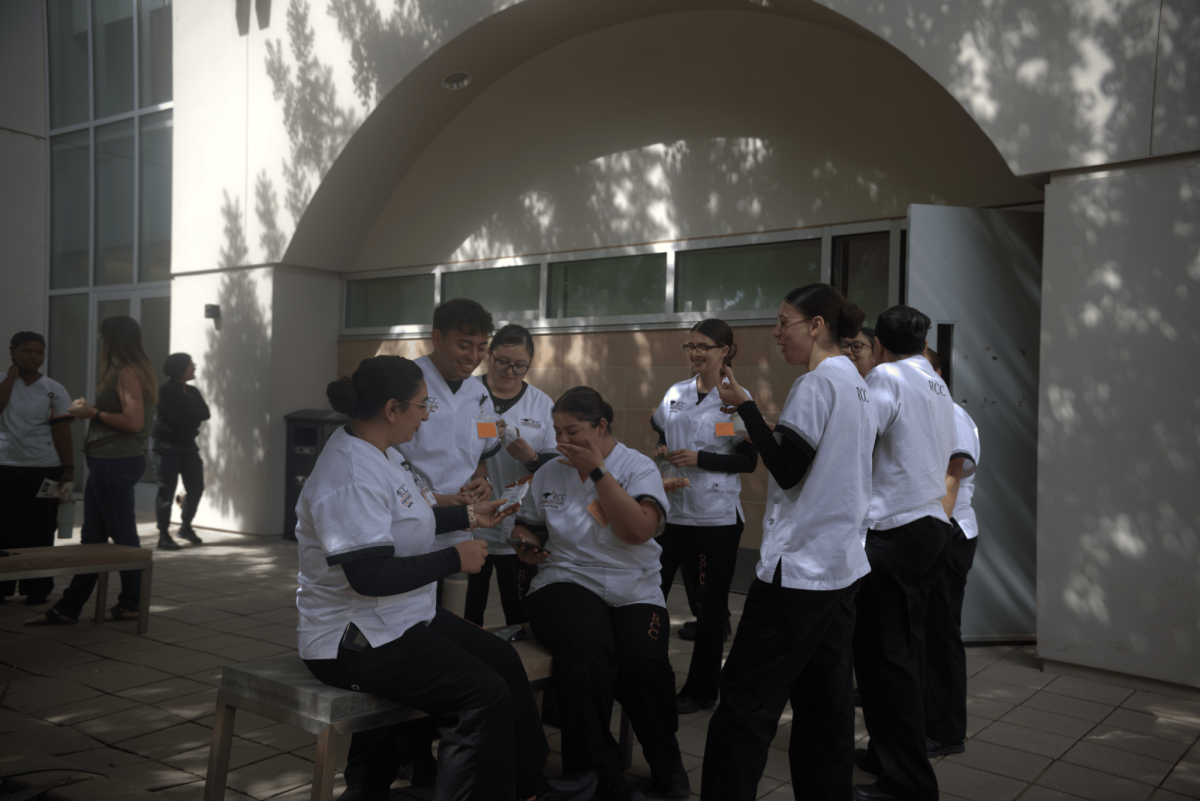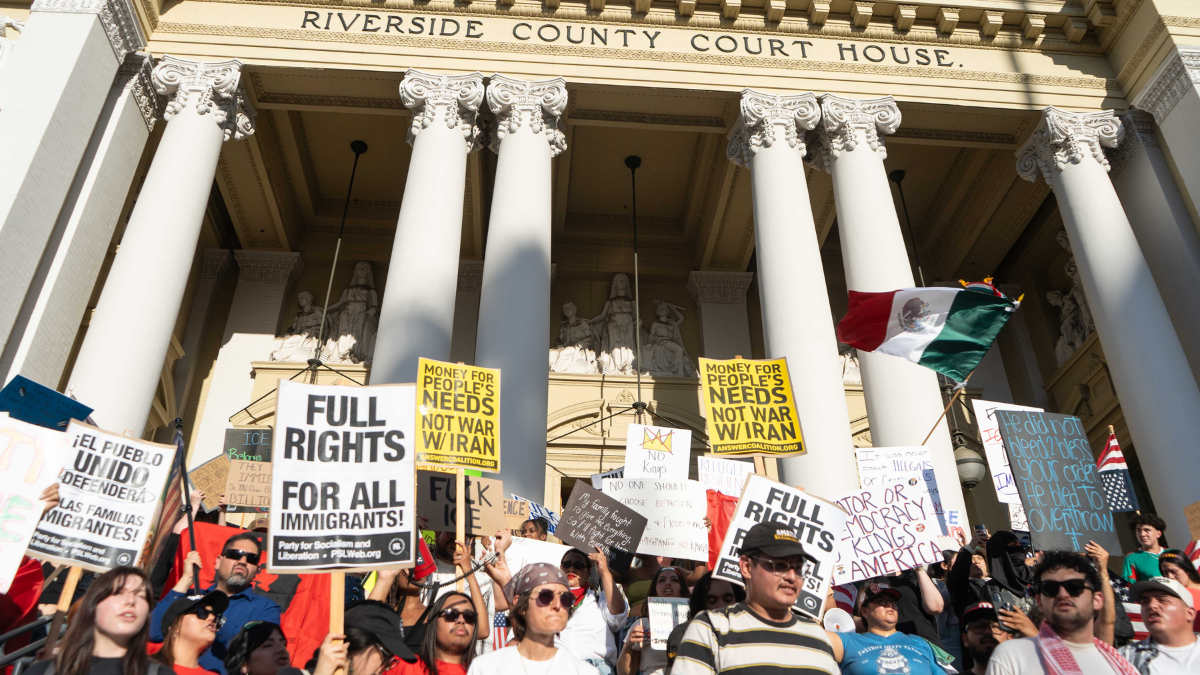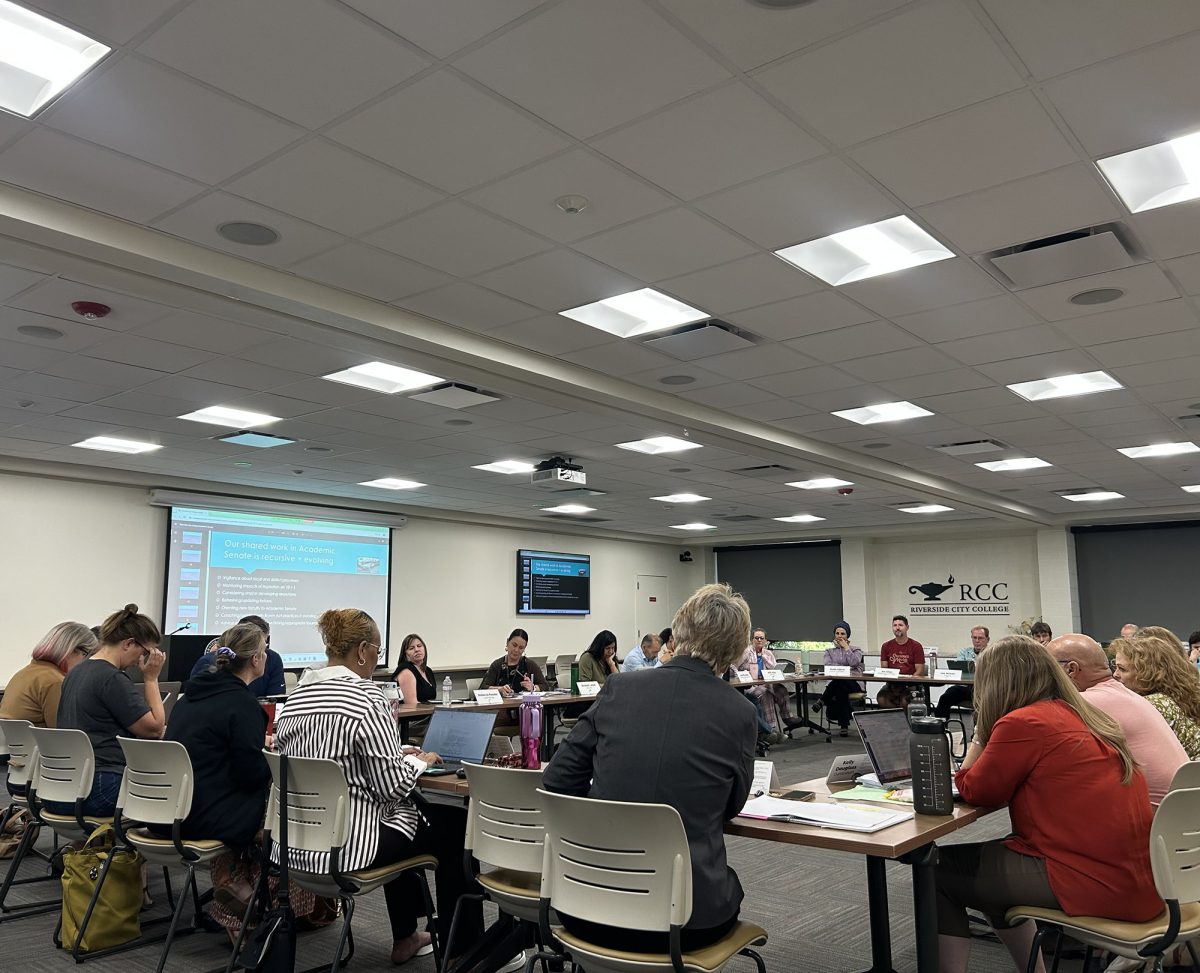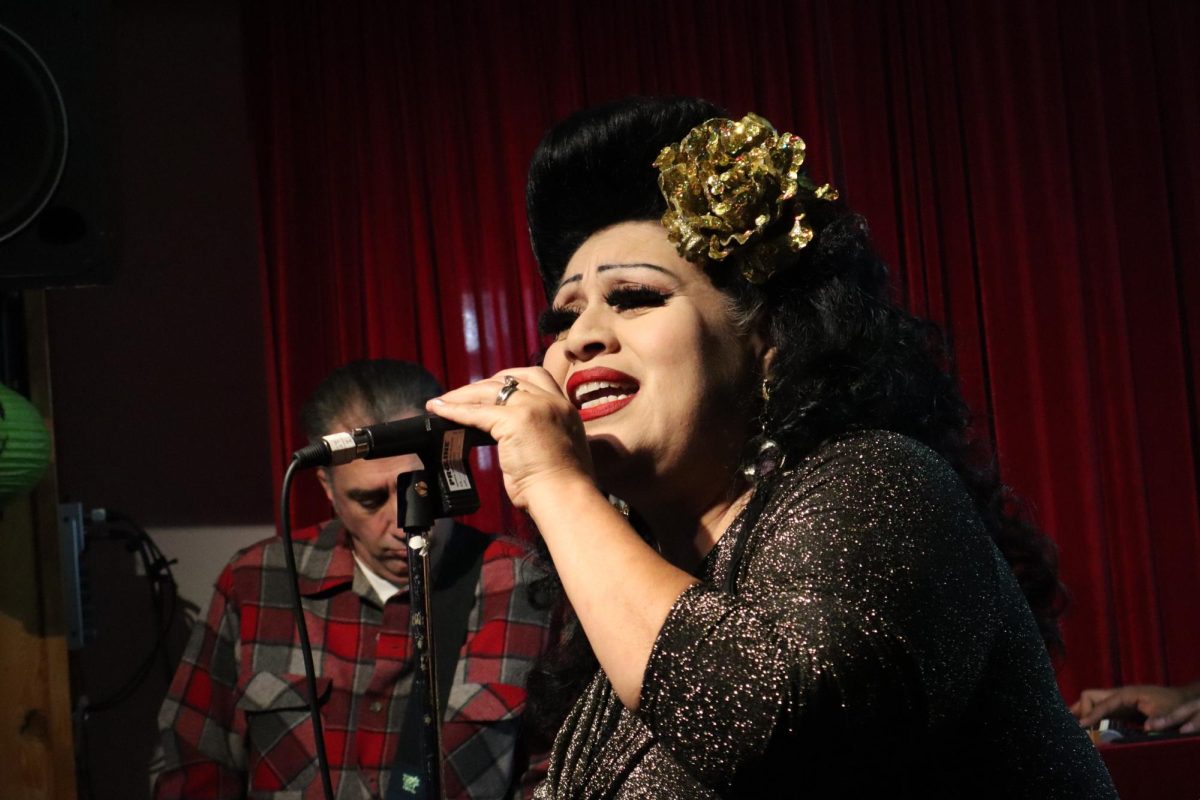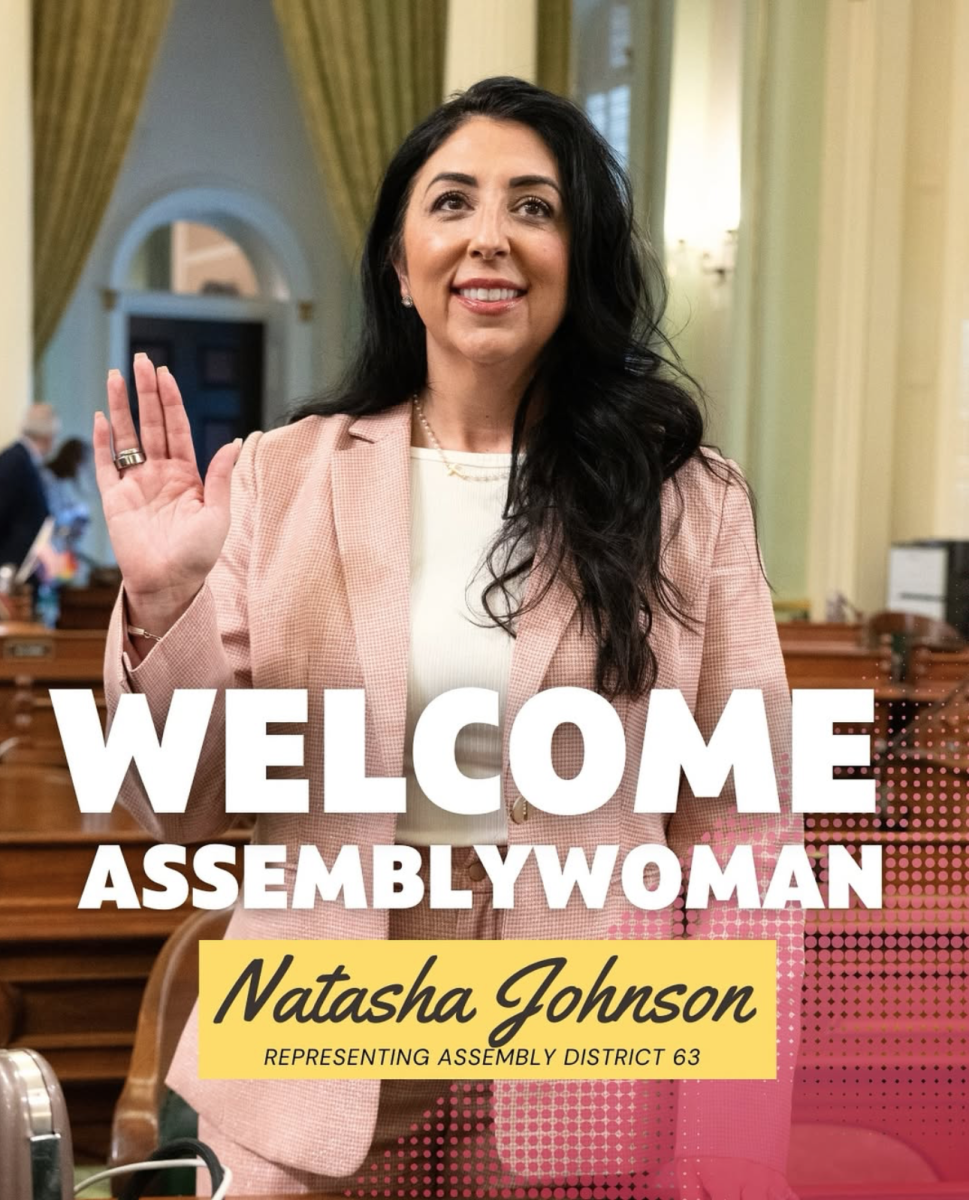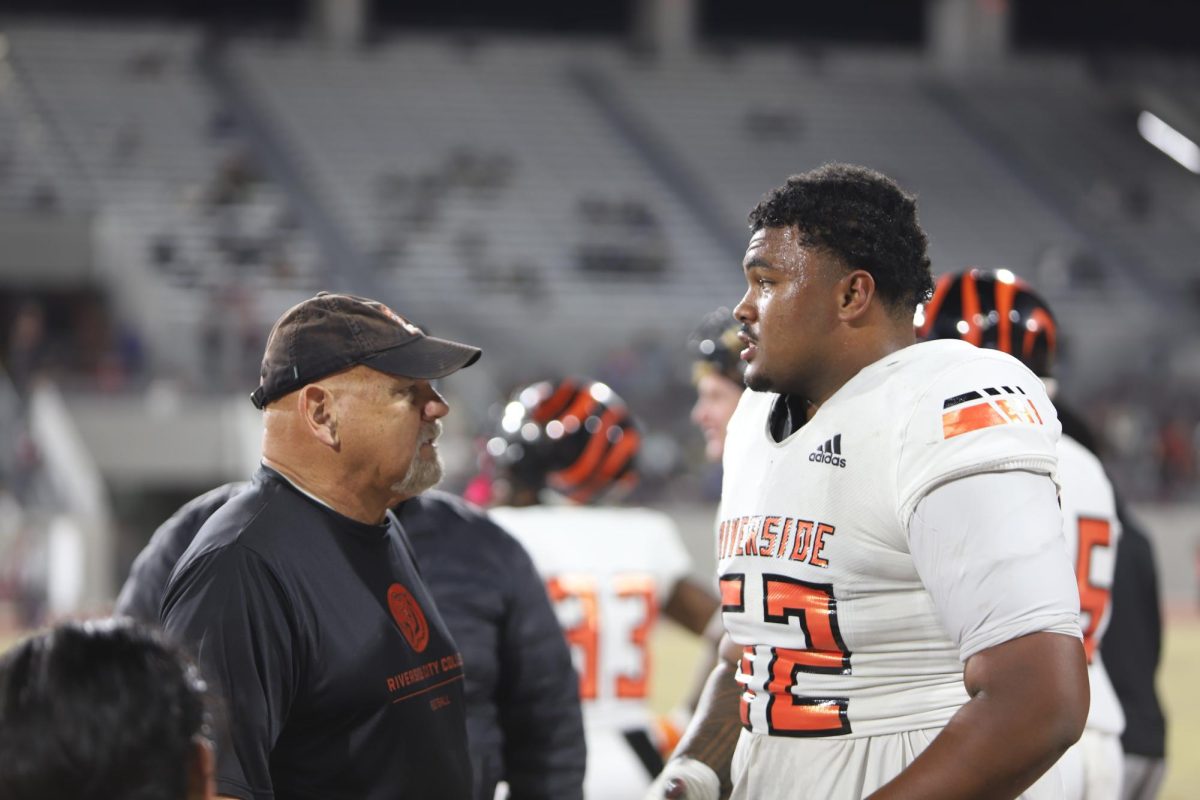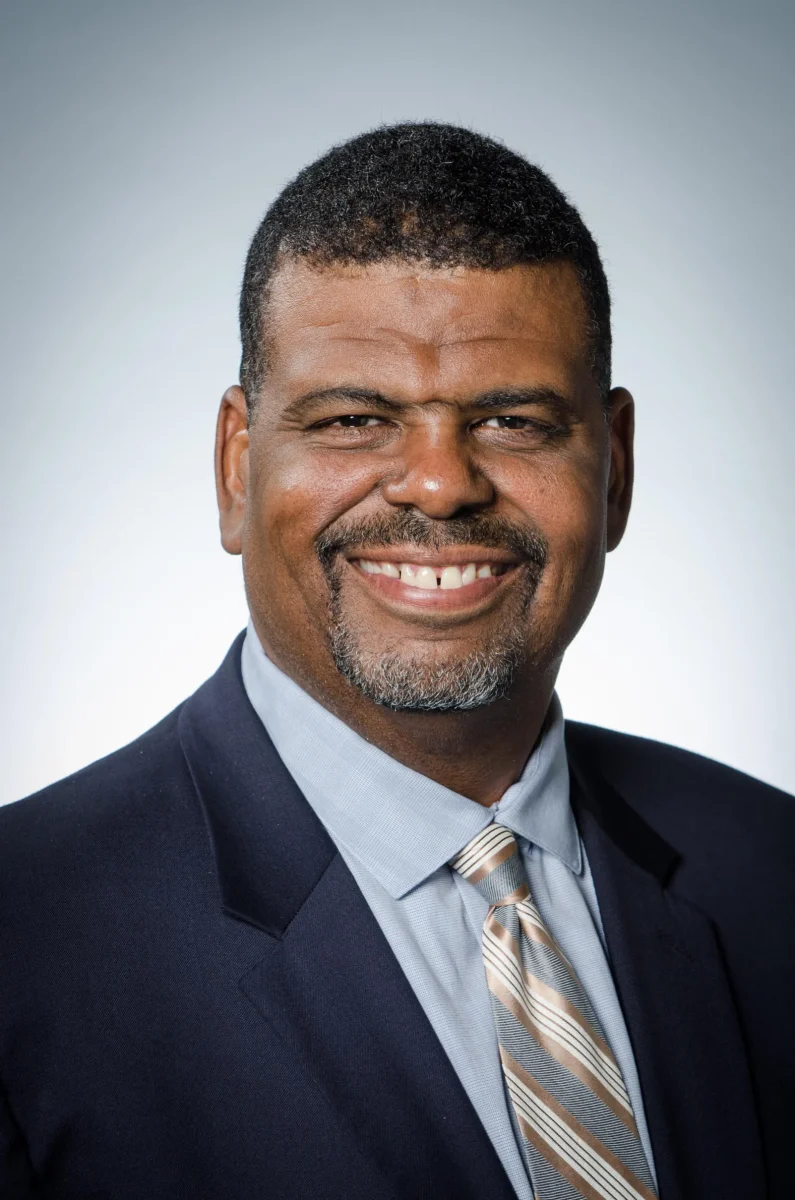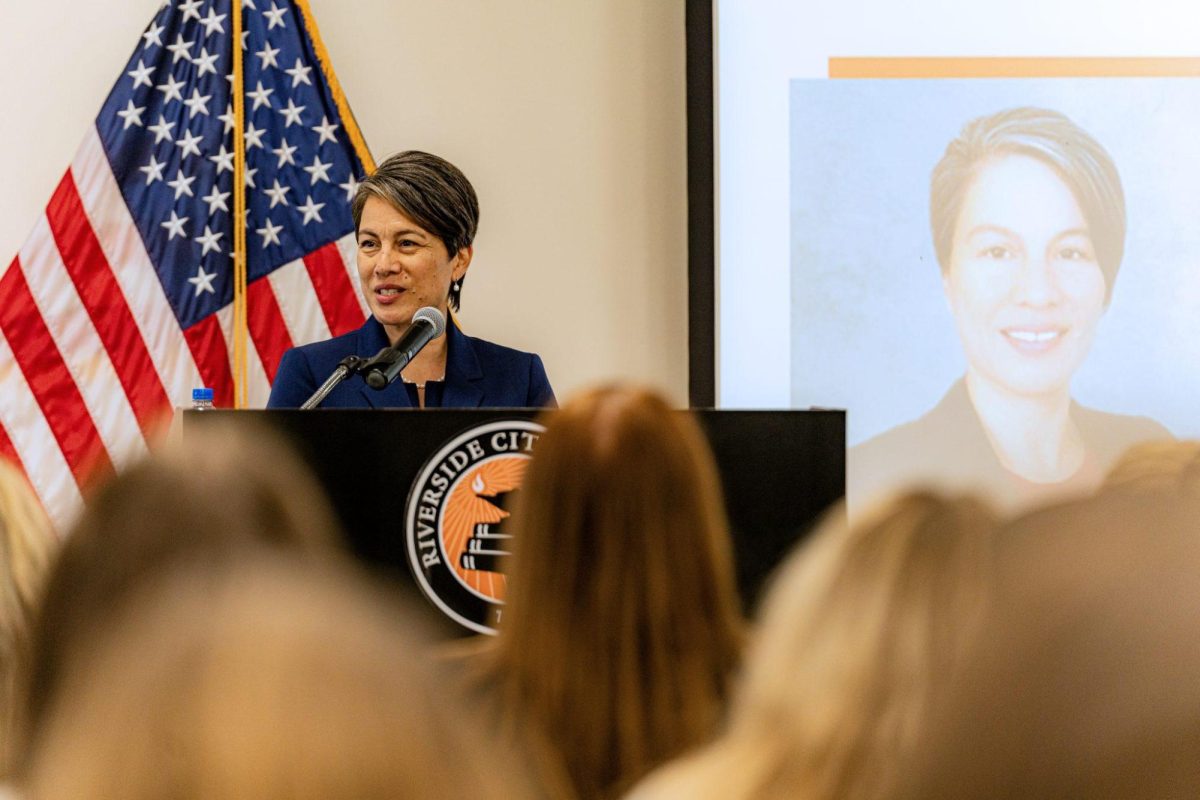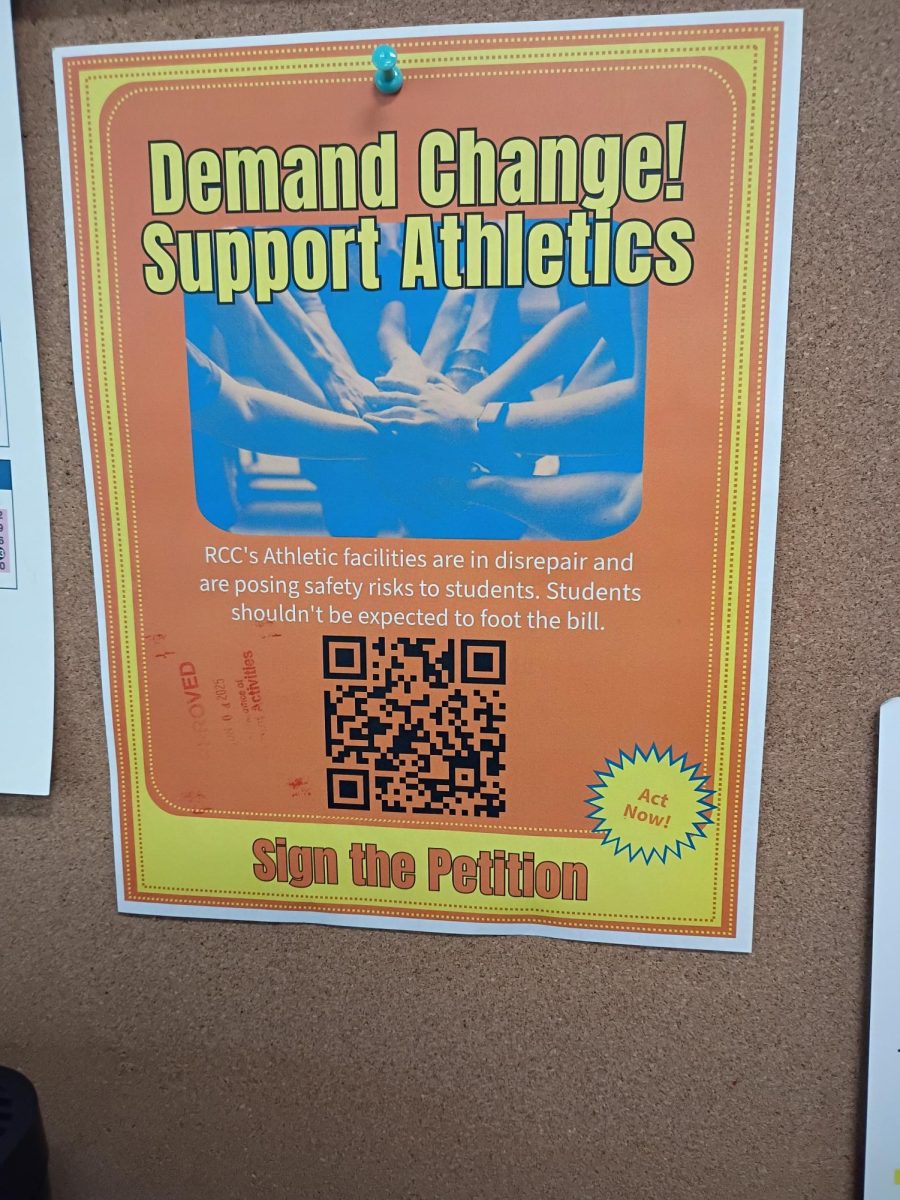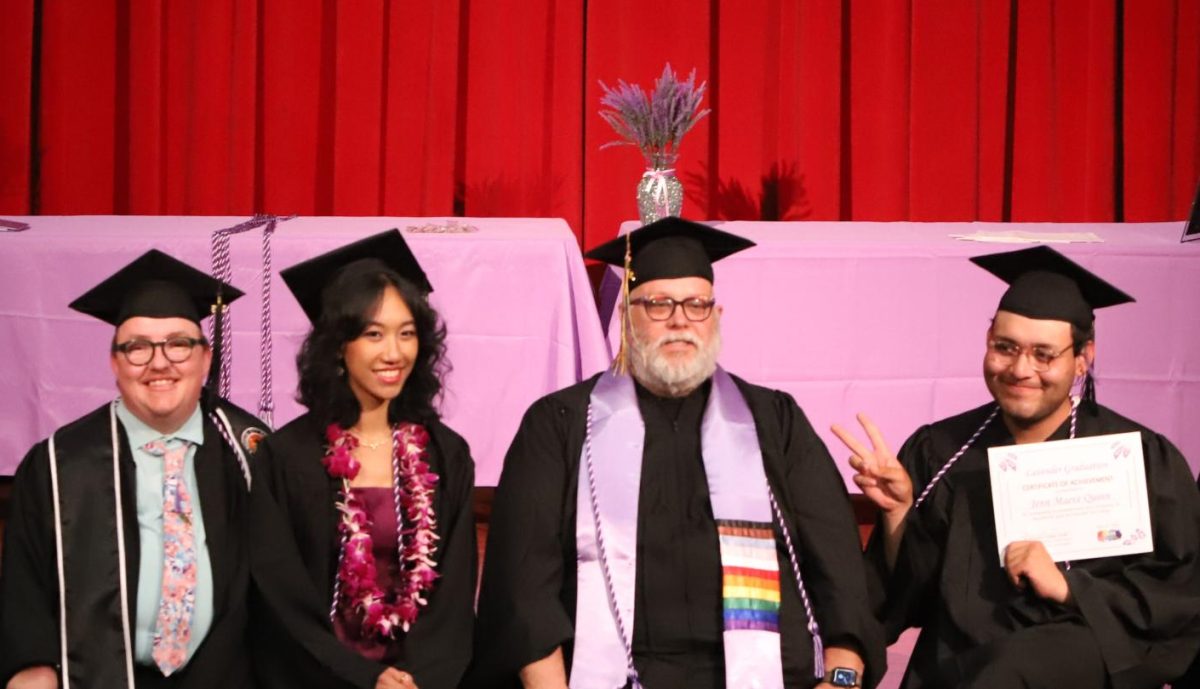By Leslie Santibanez-Molia
With the arrival of the fall semester the Student Equity Program is here to help students who are in need of textbooks, free gas money and food.
Textbooks are materials students use to pass a course. Without a reliable mode of transportation or access to textbooks, students tend to drop courses.
The Guardian describes college in America being filled with, “Too many barriers beyond tuition costs holding students back from higher education.” They addressed that in 2014, “Germany realized that education bills as small as $1,300 discouraged students from attending school.”
Riverside City College now has a plan to counter the difficulties students face in college. The plan is known as the Student Equity Program. RCC’s Student Equity Program Report describes the goal of the program as, “beginning with a basic equity principle … don’t lose the student.”
The program has a priority of helping students succeed in college.
“Their goal is to ensure that all students are getting equitable access to programs … and are succeeding at rates that are proportional to their population,” said instructor of history and ethnic studies, Kristi Woods.
To gain a clearer understanding on their students,RCC gathered data. This data focuses on Student Equity groups and how their success rates are compared to other Equity groups. These Equity groups are based on students backgrounds and the distinct challenges they face in college.
For instance Asian Pacific Islander, Latinos and African American students may have different obstacles. The executive summary addresses the reasons behind the challenges these groups of students face.
Previous RCC programs often failed to assist students from these groups. RCC’s S.E.P. Report mentioned how, “the programs were often dependent … on faculty and staff willing to put in additional time to make such programs work effectively.” This would result in students not improving their success rates, thus creating gaps. To counteract these gaps the S.E.P. Report plans to, “address systemic institutional barriers that impede students success.”
Anyone can be part of the program, but must meet one requirement to qualify for assistance. Students must already be in a qualifying program such as La Casa, Ujima Project, Foster Youth, Veterans Center, Disability Resource Center, Extended Opportunity Programs and Services, and TRIO Student Support Services. These programs offer a variety of benefits for students such as meal vouchers, gas cards, textbook loans, lending libraries and child care. RCC receives government funding for these programs.
Forming a community is part of the programs method to help students achieve their goals. Family is essential to the program and is reflected in their motto “each one, reach one.”
A community can be formed anywhere, this is why instructors, counseling, workshops, study groups, and tutoring are included in the Equity Program. Another method of the Equity Program is that, “more faculty understand that we’re trying to shift the culture of RCC to support students,” Woods explained. “Trust equals to more success.”
Communication between students and instructors results in more trust.
Although RCC’s S.E.P. Report data focuses on Student Equity groups college success rate, anyone is welcome in any program. The overall goal of the Student Equity Program is to help students.



